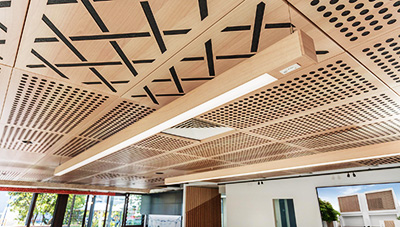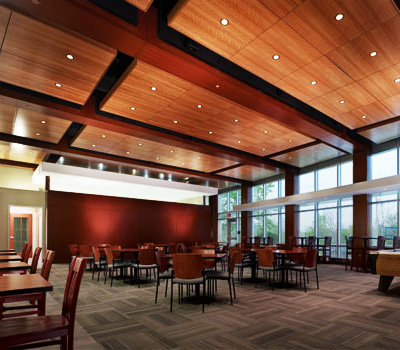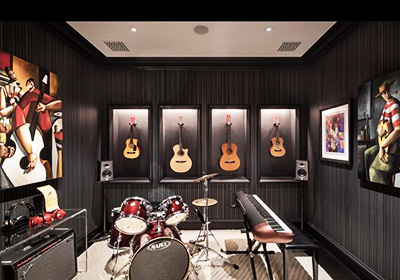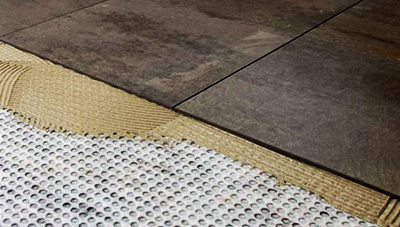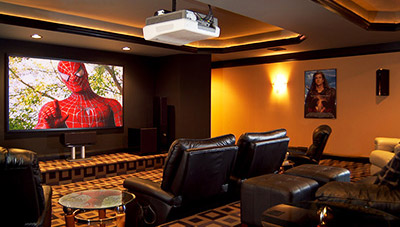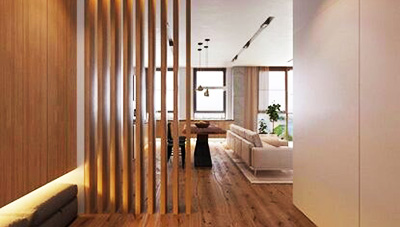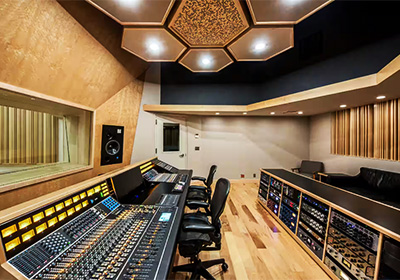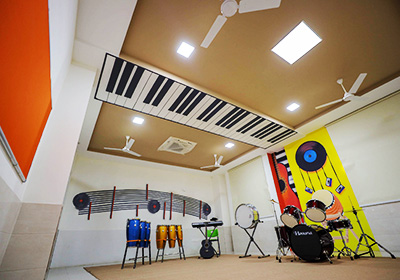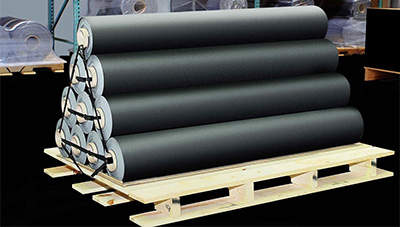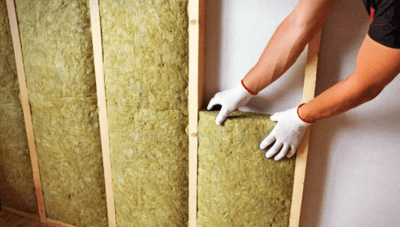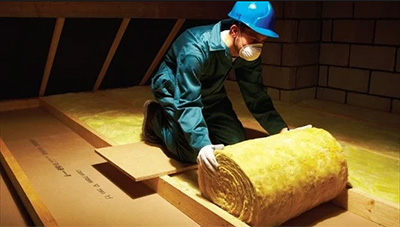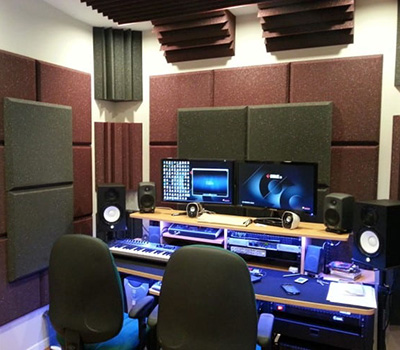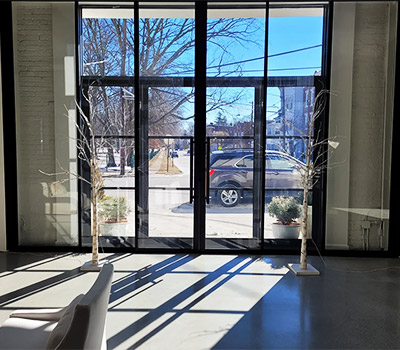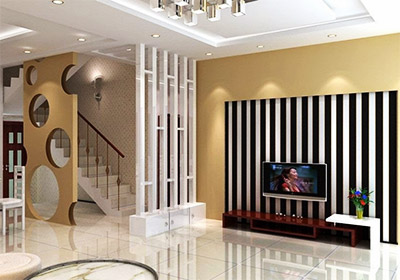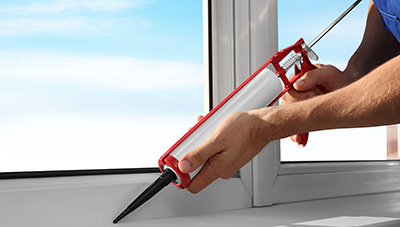
Acoustic Sealant is a specialized material which is specially designed to fill gaps, joints, and openings in sound sensitive spaces like: recording studios, home theaters, cinemas, conference rooms and other noise-sensitive environments. The main function of these acoustic sealant is to block sound from entering the space, preventing unwanted noise from entering or escaping. Acoustic Sealant helps in improving the overall sound quality within a room, keeps internal sounds contained, and ensures privacy by minimizing disturbances to others.
Acoustic sealants have a variety of unique properties that separate them from traditional caulks and sealing methods. Acoustic sealants are designed to remain flexible in gaps even after curing, allowing users to make changes as they needed. Their flexibility allow users to adjust expansion and contraction of building materials without cracking and damaging. These sealants are non-hardening and non-shrinkable, contributes in its longevity. Acoustic sealants are usually made with latex making them easy to paint over and simple to clean up with water. Acoustic sealants stick well to many common building materials like; drywall, metal, wood and concrete.
Acoustic Sealant offers a calm and peaceful environment inside by reducing noise transfer between rooms and other residential and commercial spaces. Acoustic sealants are used in sealing joints, cracks and gaps in doors, windows, electrical outlets and other wall perimeters providing a quieter indoor environment. Acoustic Sealant also contributes in improving comfort and privacy by blocking sound transmission within different spaces. Acoustic sealants also contributes in higher Sound Transmission Class (STC) ratings in walls and floors, which is very important in multifamily housing, hotels, schools and recording studios. Along with noise reduction, acoustic sealants also improves thermal insulation of the space with its unique sealing properties. Acoustic Sealant also support energy efficiency and contributes in lowering heat and cool cost of the space. Their fire resistant quality also helps in protecting occupants during emergency situations.
Acoustic Sealant plays a crucial role in modern construction processes. They are a key component in meeting modern building codes and standards related to sound insulation, especially in structures like apartment buildings, hospitals and commercial spaces etc. In sound sensitive areas like workplaces and educational settings, a soundproof environment can help in improving concentration and reduce stress, supporting better communication in the space. In residential areas, acoustic sealants ensures privacy along with maintained peace of the occupants, enhancing quality of life.



